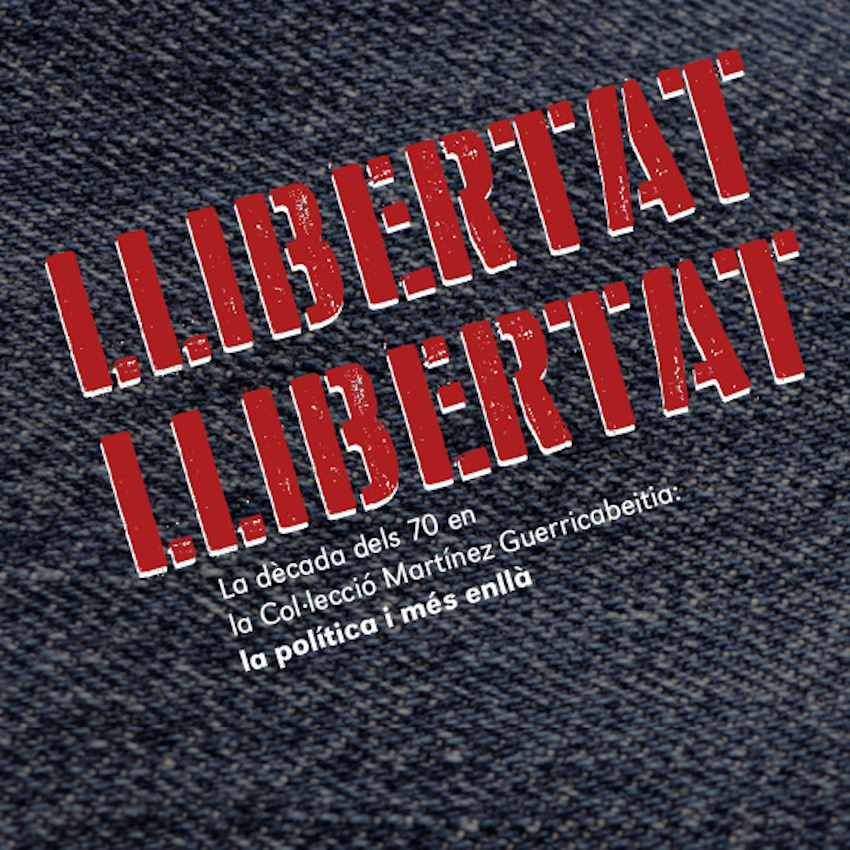
Master class: Curating exhibitions. A personal experience, Juan Manuel Bonet, March 12, 2024.
The collection of the married couple Carmen García Merchante and Jesús Martínez Guerricabeitia, which focuses on the political side of the emerging painting of Franco's final years and the Transition, was given to the Universitat de València by the collectors, in a gesture of patronage that is particularly worthy of note. The selection, curated by the art critic and museum director Juan Manuel Bonet, focuses precisely on the 1970s, the time of Carrero Blanco's assassination, the death of the dictator, the return of the exiles and the first free elections.
Many of the artists included in the exhibition are Valencian. Juan Genovés, the Crónica and Realidad teams, formed in the mid seventies, also played a very important role at that time. The list of Valencian artists also includes works by Anzo, the Expressionist Martín Caballero, Rafael Calduch, Antoni Miró from Alcoy, Monjalés who spent many years in exile in Colombia, José Vento, a member of the Grupo Hondo like Genovés, the trio made up of Manuel Boix, Artur Heras and Rafael Armengol and some of the members of the Grup d'Elx: Albert Agulló, Joan Castejón, Antoni Coll and Sixto Marco.
Outside the Valencian scene, Eduardo Arroyo, Juan Barjola, the Rafael Canogar of after his period in El Paso, who in the decade also practised the Crónica de la Realidad; José Duarte, a former member of Equipo 57, and then active in Estampa Popular; Agustín Ibarrola, another former member of the same group, whose powerful art is inspired by the reality of his native Basque Country; the expressionists José P. Jardiel and Gastón Orellana, also members of the Hondo group; the Catalan and very singular Carles Mensa; José Niebla, from Melilla integrated into the Catalan scene; Agustín Ibarrola, another former member of the Hondo group, and whose powerful art is inspired by the reality of his native Basque Country; the expressionists José P. Jardiel and Gastón Orellana, also members of the Hondo group. Jardiel and Gastón Orellana, as well members of the Hondo group; the Catalan and very singular Carles Mensa; José Niebla, from Melilla, a member of the Catalan scene; José G. Ortega, from La Mancha, founder of Estampa Popular, who developed much of his work in Italy; Julián Pacheco, from Cuenca, the most radical of all the artists of his generation, also Italian by adoption; Fernando Somoza, the most sombre and España negra of all those invited; and José Luis Verdes. There is also a painting by Alfonso Albacete, who would later become one of the protagonists of the pictorialist explosion of the eighties.
The tour closes with paintings by the Italian pop politicians Paolo Baratella, Sergio Sarri, and Giangacomo Spadari; the Icelandic artist Errò, and the German artist Wolf Vostell, a member of Fluxus with strong family ties to Extremadura




